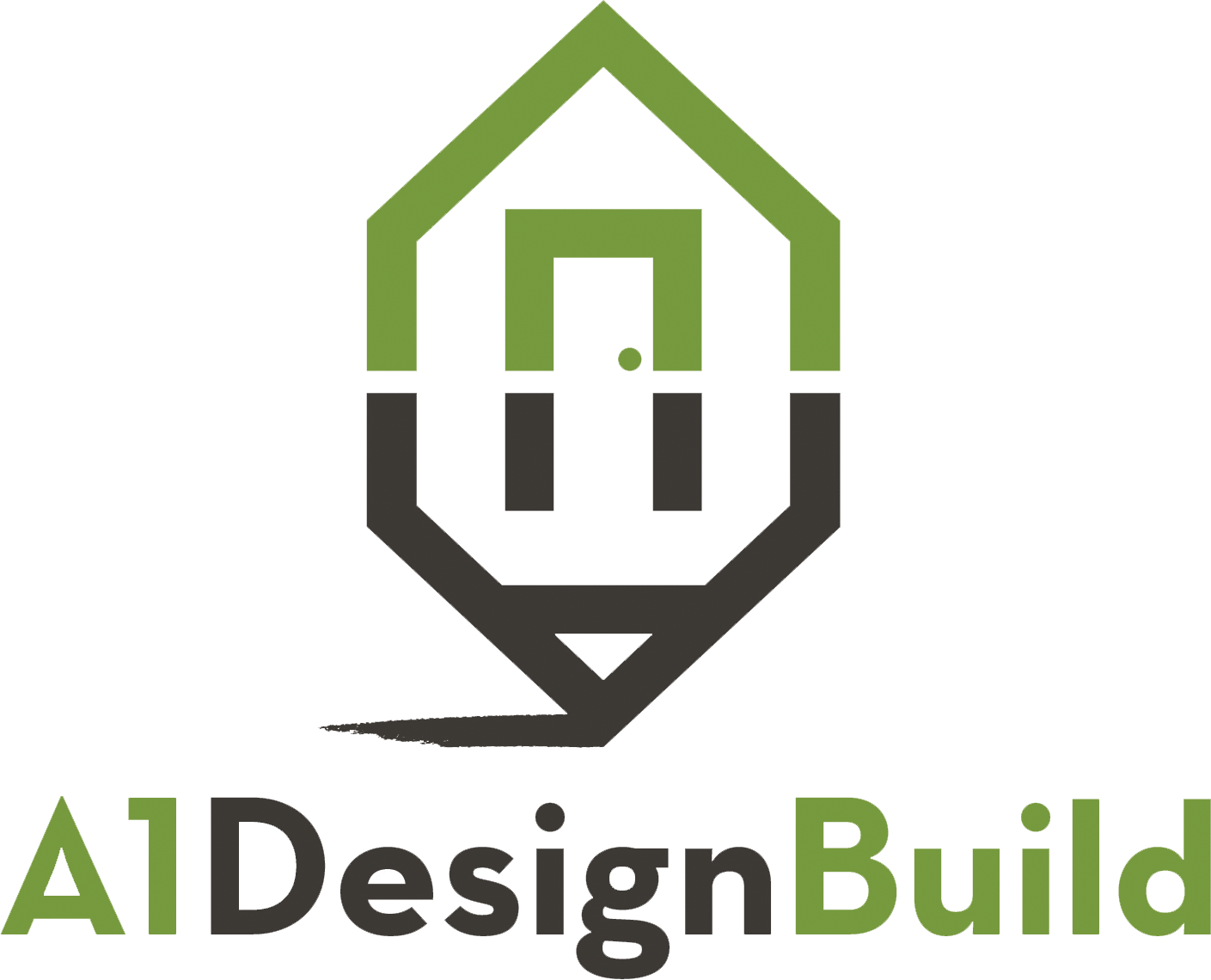Affordability for Life
Cost of Construction v. Cost of Ownership
What is true affordability when it comes to your home?
Whether renovating or building new, every homeowner wrestles with the essential budget questions: Does what you can afford refer to the money you save at the time of construction, or the long-term savings related to operation, maintenance, and repairs by investing more in design and construction? When do the costs vs. value paths cross, and when do the quality of materials, building practices and the corners that were either cut or not cut start to show their presence? I’ll try to answer these questions below, but they point to a larger issue: we traditionally measure costs based on design and construction, when cost of ownership is a more accurate measure of affordability.
The equation is pretty simple: Pay now, or pay more later.
Many new homeowners and builders avoid high performance homes over the mistaken belief that they are prohibitively expensive. Most home builders believe that energy efficient homes will be a tougher sell because they add too much to the total home cost. These perceptions can keep homeowners from acting in their best long-term interests.
According to the Rocky Mountain Institute, building a home A net zero home has higher initial costs — an average of 5 to 10 percent higher than a typical home. Generally speaking, the greater the home’s efficiency and performance, the greater the long-term savings during the home’s lifecycle. Like interest on a bank account, energy improvements return cash value every month because the home is less expensive to operate.
The graph below compares the average total cost of ownership for two zero energy homes in Oregon with comparable standard homes in the area over a 15-year period. This graph assumes electric prices will increase an average of 3% per year based on historical data from Oregon. A $120 per year electric hook-up fee is included in the cost of ownership of the zero energy homes.
After several years — a little less than halfway through a 30-year mortgage — the high-performance home catches up, offsetting the difference in initial construction costs (not including rebates and tax credits) and beginning to pay for itself. High-performance homes cost remarkably less over time. Plus, your family enjoys a home that is beautiful, healthier, more comfortable, and better for the environment.
If you’re considering investing in a remodel or home building venture, the best way to protect that investment is to build in energy efficiency. You'll save energy and money over the years and your home will be more comfortable and durable day to day.
Payback Period of net zero Homes
If you plan to design and build a new home or do an extensive remodel, optimizing home energy efficiency requires a whole-house systems approach to ensure that you and your building professionals consider all the variables, details, and interactions that affect energy use in your home. In addition to occupant behavior, site conditions, and climate, these include:
• Construction materials used
• Insulation and air sealing
• Lighting and daylighting
• Windows, doors, and skylights
• Space heating and cooling
• Indoor Air Quality
• Water heating
• Appliances and home electronics
Washington state building code requires that each component be built to a certain standard, e.g., Wall R-value. The higher the resistance (R) value, the slower the rate of heat transfer through the insulating material. Code in our area is an R-21 for your exterior walls. Why not aim for R-30 and a performance code as opposed to the prescriptive code?
Opting to exceed code, let’s say by aiming for R-30, your initial investment for construction may increase from $1,350 to $1,920 for insulation materials based on a 2,000 square foot home according to homewyse.com.
A home with R-30 insulation will require as much as 10% less heat annually per the Department of Energy. Savings depend on the average 2,000 square foot home in Bellingham which consumes on average 10,404 kwh annually per electricitylocal.com. At 10.36¢/kWh that comes to $1,077.
A 10% savings represents $108 annually. The initial additional investment of $570 for the upgraded insulation pays for itself in the 5th year.
The adage “You have to spend money to make money” applies to high performance design and construction. When your costs of operation, exceed whatever savings you opted for at the time of construction (e.g., lower R-value) you begin to lose money on your investment and the cost to build an energy efficient home quickly proves its value.


